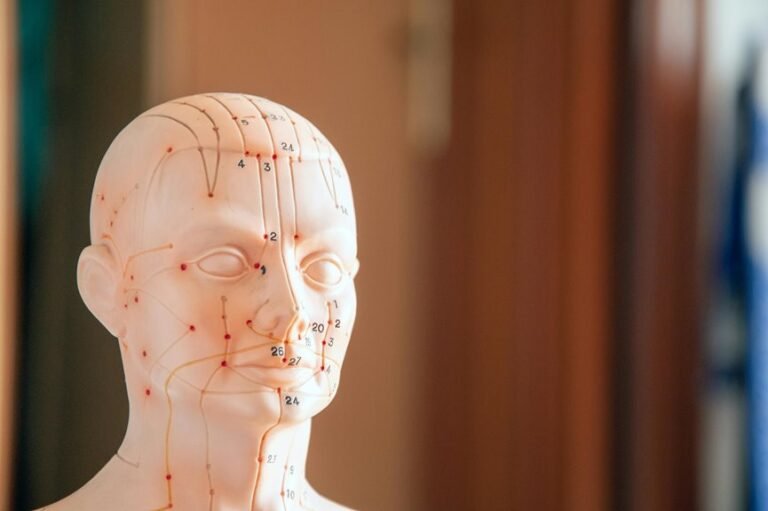Explore Facts of 2029373546, 2029496897, 2029497929, 2029529027, 2029690519, 2032853090
The cases 2029373546, 2029496897, and 2029497929 illustrate crucial legal issues surrounding jurisdiction, privacy rights, and intellectual property in a rapidly changing technological landscape. Each case underscores the urgent need for adaptable legal frameworks that safeguard individual freedoms while promoting collaborative solutions. The implications of these cases extend beyond their individual merits, prompting a broader inquiry into how emerging legal challenges intersect with societal norms. What lies beneath the surface of these legal complexities?
Overview of 2029373546
The case 2029373546 presents a compelling example of complex legal dynamics.
The 2029373546 overview highlights intricate issues surrounding jurisdiction and regulatory frameworks. Its implications extend beyond the immediate parties involved, influencing broader legal interpretations and individual freedoms.
The case underscores the necessity for clarity in legal statutes, as ambiguity can lead to significant challenges in protecting rights and ensuring justice.
Significance of 2029496897
Significance of case 2029496897 lies in its exploration of the intersection between technology and privacy rights.
This importance analysis reveals how advancements in technology challenge historical context, reshaping societal norms surrounding individual freedoms.
The case serves as a pivotal reference point, emphasizing the necessity for legal frameworks that protect personal privacy while adapting to the rapid evolution of digital landscapes, ensuring civil liberties are safeguarded.
Insights on 2029497929
While examining case 2029497929, one can discern its critical implications for the evolving landscape of intellectual property rights.
The 2029497929 analysis reveals significant shifts in ownership dynamics and enforcement strategies, which may redefine creators’ autonomy.
These implications highlight the necessity for adaptable frameworks that protect innovations while fostering a culture of freedom and collaboration in intellectual endeavors, ensuring equitable access for all stakeholders.
Conclusion
In navigating the intricate tapestry of legal challenges presented by cases 2029373546, 2029496897, and 2029497929, one can observe a delicate dance between innovation and regulation. As society leaps forward, these cases serve as beacons, illuminating the urgent need for adaptable legal frameworks that not only safeguard individual rights but also encourage collaboration among diverse stakeholders. Without such frameworks, the evolving landscape of technology risks becoming a labyrinth, where rights and responsibilities intertwine in disarray.







